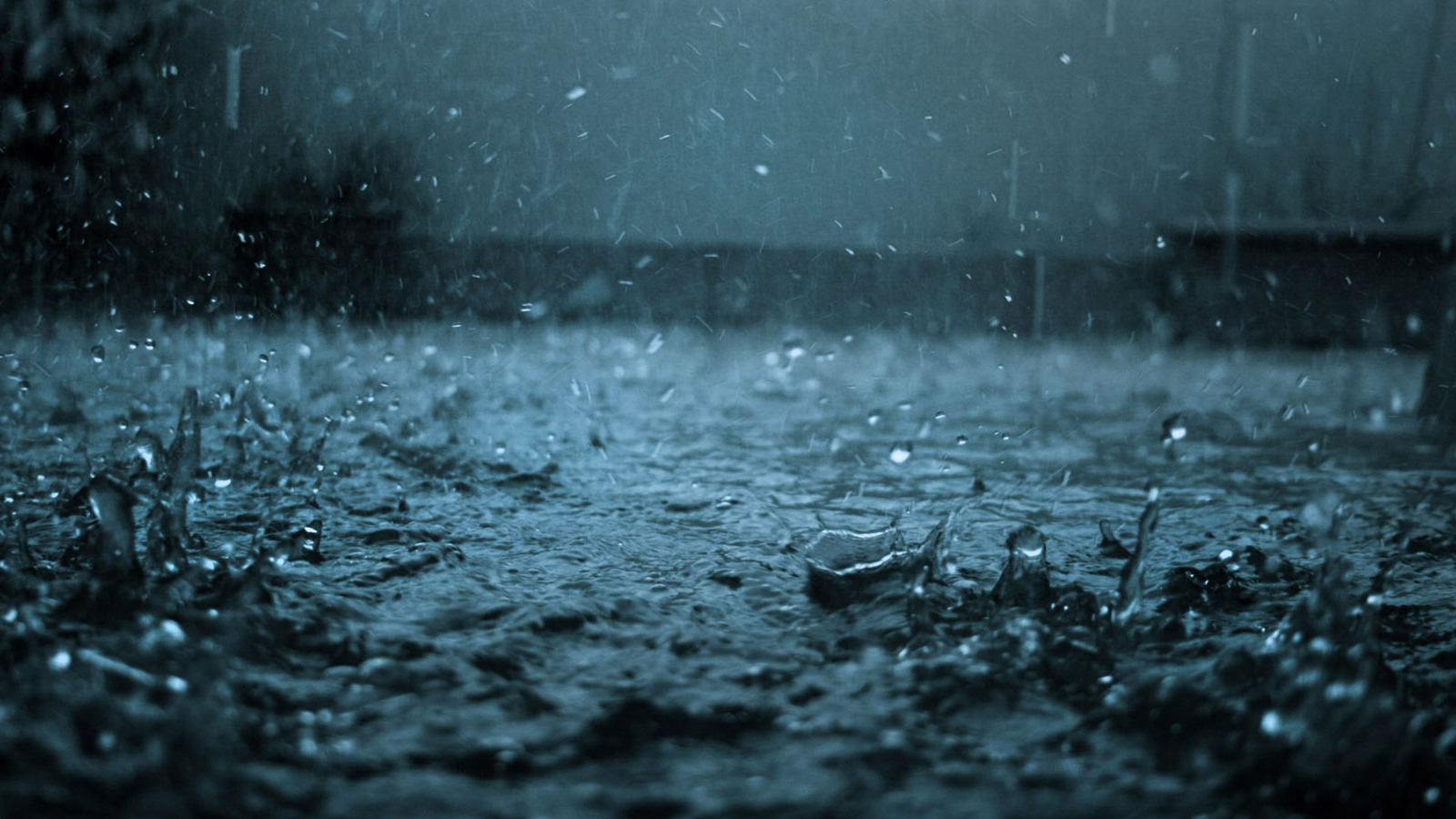
Despite 2024 coming in as the sixth-costliest year for insurers globally, New Zealand didn’t register any significant natural disasters.
According to insurance broker Aon’s latest annual Climate and Catastrophe Insights report, this is in “stark contrast” to 2023, when NZ experienced two natural disasters – the Auckland Anniversary floods and Cyclone Gabrielle.
Treasury has estimated the cost of these events to the New Zealand economy were between $9 billion and $14.5 billion, and the Insurance Council of New Zealand (ICNZ) has said insurers have paid out around $3.8 billion for more than 118,000 private insurance claims.
This includes $1.5 billion in business claims, $1.8 billion in house claims, $267 million in contents claims and $215 million in motor claims insurers have paid out.
Aon New Zealand’s head of Asia–Pacific James Knight told interest.co.nz 2024 had been the third quietest year in the last 20 years in terms of insured damage.
“You have to look back all the way to 2012 to find a quieter year in terms of total loss. And that's directly following the 2011 Canterbury earthquake sequence,” he said.
2023 had been an “outlier” year in terms of the total insured loss from natural hazard events. But it had also been on the back of 2020, 2021 and 2022, which Knight said had also reported “pretty high” natural hazard activity.
During the 2020 to 2022 period, the total insured losses each year had come in at about $300 million to $400 million, which Knight described as higher than the long-term average.
Knight said NZ normally tracks at somewhere between $200 million and $300 million in total insured damage per year.
“Moving forward after 2025, I do expect it to return back to that kind of mid range of $200 million to $300 million per year,” he said. “It's just that we've had a particularly quiet year last year. We've had a pretty high last five to 10 years”
NZ’s weather is currently being driven by a climate driver called a positive Southern Annular Mode (SAM) which has influence over rainfall. When the SAM is in a positive phase, Knight said the weather tends to be much more settled.
“And the outlook for autumn from NIWA is much the same, which is good. So that tends to mean more easterly winds across NZ and so you get less rainfall on the west coast, maybe a little bit more rain on the east coast, but not, not massive. So I don't expect to see anything above average in terms of loss expectations for this year,” he said.
The insurance coverage rate still remains high in New Zealand, according to Knight, helped by the fact the country has the Natural Hazards Commission which provides natural disaster insurance to residential property owners.
“That cover has been fantastic for this country and we're very lucky to have that and it's a bit unique,” he said.
Knight expects premiums to be predominantly driven – especially over the next 10 years – from how and where people insure, rather than extreme weather conditions.
“From an affordability perspective, we're not seeing mass unaffordability problems at the moment,” he said.
The insurance broker’s latest Climate and Catastrophe Insights report shows globally, flooding remains an underinsured peril with a protection gap of 75% in 2024.
Aon defines the protection gap as the difference between total economic losses and what’s covered by insurance which means that in 2024, 75% of flood perils were not insured.
The 2024 global insurance protection gap came in “relatively low” at 60% in Aon’s report, falling from 69% in 2023.
The climate report found global natural disasters in 2024 resulted in economic losses reaching at least US$368 billion (NZ$648 billion) and were primarily driven by floods, storms and tropical cyclones.
3 Comments
Could we have those figures normalised for this article?
"Normalised New Zealand natural Disaster insurance losses: 1968–2019
...Since 1968, earthquakes account for 79% of the normalised losses with the 2010–2011 Canterbury Earthquake Sequence (CES) at NZD20.1 billion the single most expensive event.
...More frequent losses due to extreme weather, notably storms of tropical, sub-tropical and extra-tropical origin, when combined and after adjusting for changing societal factors, show no trend over the record length."
https://www.tandfonline.com/doi/full/10.1080/17477891.2021.1905595#abst…
No hurricane or cyclone. Must be due to climate change.
won't stop premiums increasing as insurers rip us off trying to make profits!

We welcome your comments below. If you are not already registered, please register to comment.
Remember we welcome robust, respectful and insightful debate. We don't welcome abusive or defamatory comments and will de-register those repeatedly making such comments. Our current comment policy is here.